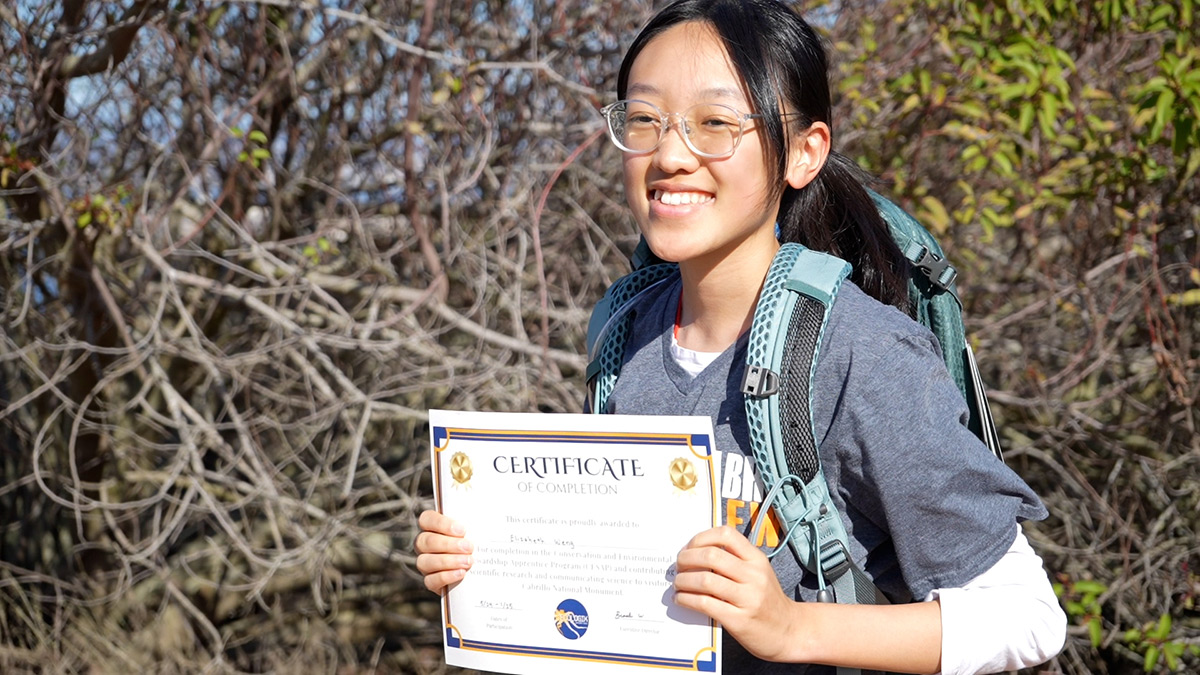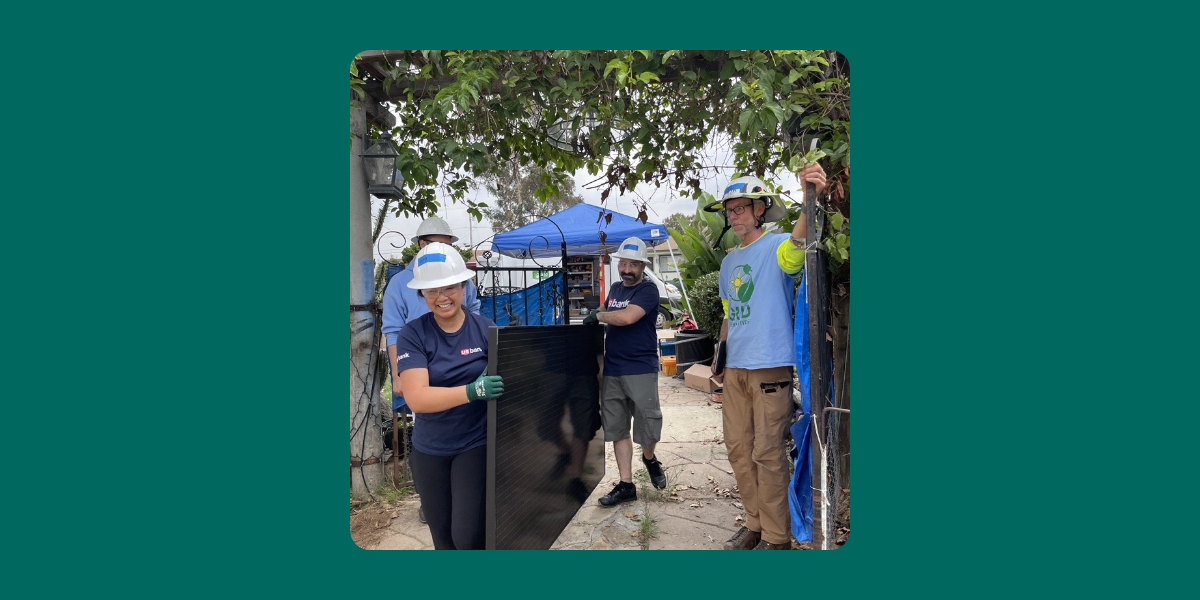The San Diego region is no stranger to climate issues. “Until 2020, the San Diego region experienced two of the largest wildfires in California history back in 2003 and 2007,” shared Darbi Berry, Program Manager with San Diego Regional Climate Collaborative.
While San Diego is the most biologically diverse County in the contiguous 48 states, we also have the most variable water and rainfall. With climate change, our region’s big rain years will get stronger, which means we’ll experience more flooding, and the years without significant rainfall will make our ecosystem especially susceptible to increased drought and wildfire risk.
Some of the greatest benefits of living in San Diego are the beautiful weather and the access to mountains, forests, beaches and desert. But Darbi emphasized that those benefits also make us vulnerable to myriad adverse climate change impacts.
To preserve our environment, health and economy for current and future generations, we must continue to work collaboratively to implement long-term equitable solutions that build a resilient region and economy for all San Diegans.
There is much that we can do to ensure our communities are safe, our diverse natural spaces are protected, and all can enjoy a vibrant quality of life.
“Now is the time to be focusing on climate solutions for the future,” Katie Sawyer, our Senior Director of Donor and Community Engagement, emphasized.
For the sixth installment of our Enabling Community Solutions webinar series, local experts discussed how we can safeguard our region’s future against the impacts of climate change.
Speakers and local experts for this fruitful conversation included:
- Matt O’Malley, Executive Director and Managing Attorney, San Diego Coastkeeper
- Darbi Berry, Program Manager, San Diego Regional Climate Collaborative
- Kara Ballester, President, BQuest Foundation
- Christiana DeBenedict, Director, Environmental Initiatives, The San Diego Foundation
- Everett Au, Program Specialist, Environmental Initiatives, The San Diego Foundation
View the webinar and share your thoughts or questions in the comments below.




